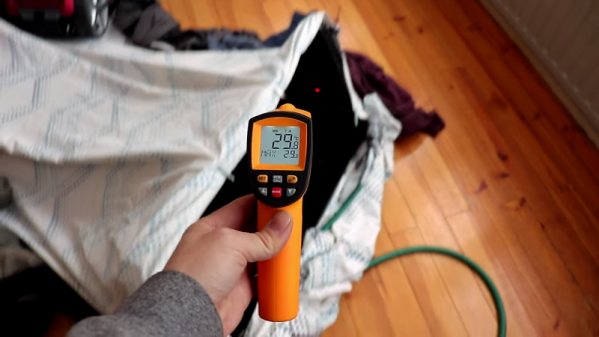On January 3rd, 2009, the Genesis Block was created. This was the first entry on the Bitcoin blockchain. Because of the nature of Bitcoin, all transactions lead back to this block. This is where Bitcoin began, almost exactly ten years ago.
The Genesis Block was created by Satoshi, a person or persons we know nothing about. In the decade since, we’ve seen the astonishing rise and meteoric descent of Bitcoin, and then it happened again after the bubble was re-inflated.
Due to the nature of Bitcoins, blockchains, and ledgers, the entire history of Bitcoin has been recorded. Every coin spent and every satoshi scrupled has been recorded for all to see. It’s time for a retrospective, and not just because I wanted to see some art based on the covers of Now That’s What I Call Music albums. No, ten years is a lot of stories to tell.
Continue reading “Now That’s What I Call Crypto: 10 Years Of The Best Of Bitcoin”













